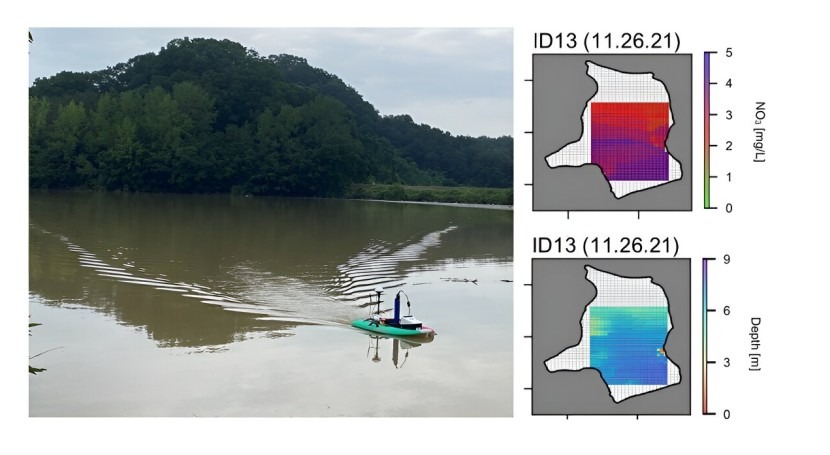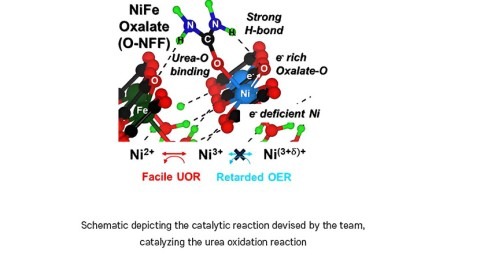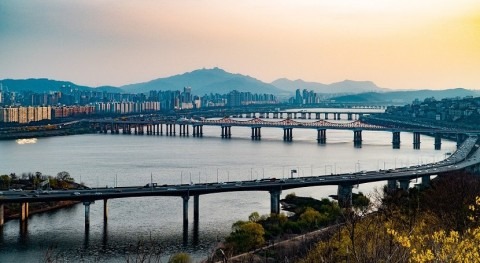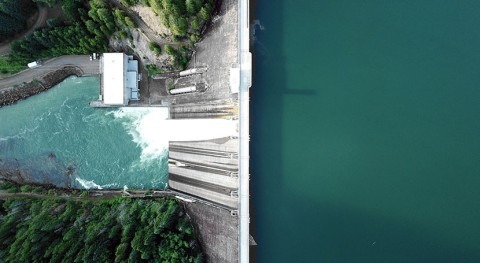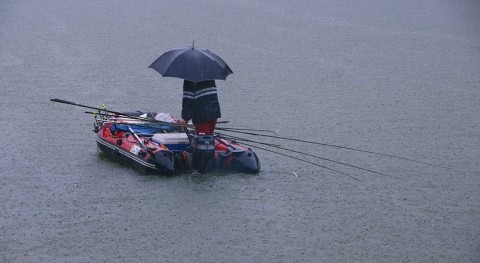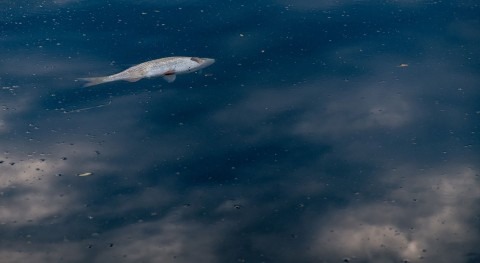In a recent tragic incident, approximately 100 elephants in Africa perished due to inadequate access to water. The United Nations Environment Programme (UNEP) warned that around 2.5 billion people worldwide could face water scarcity by 2025. In the face of water shortages affecting human society and the entire ecological community due to the climate crisis, it becomes crucial to adopt comprehensive measures for managing water quality and quantity to avert such pressing challenges.
A research team led by Professor Jonghun Kam and Ph.D. candidate Kwang-Hun Lee from the Division of Environmental Science and Engineering at Pohang University of Science and Technology (POSTECH), has implemented an advanced technique employing an uncrewed surface vehicle to concurrently assess the reservoir water depths and nitrate (NO3) concentrations from the reservoir water surface. The findings from their research were featured in the journal Water Resources Research.
Monitoring available water quantity and quality uses indicators such as water depth and nitrate concentration. Nitrates, originating from atmospheric and soil nutrients, enter streams through various pathways, posing a potential threat to aquatic ecosystems and biodiversity when their levels become excessive. Fluctuation of precipitation and water usage further impact water quality, and rising water temperatures contribute to decreased dissolved oxygen, resulting in diminished water quality.
Effective management of water resources requires the dual monitoring of nitrate concentration and water depth. However, these measurements can vary significantly based on the timing and location of the assessment. Traditional water depth measurement, typically taken at a single point, introduces uncertainty in estimating the total reservoir water volume.
"Our study has outlined both the possibilities and constraints of employing uncrewed robotics in water environment research
In recent times, uncrewed devices or instruments have been introduced to address this challenge, yet simultaneous measurement of nitrate concentration and water depth has proven challenging.
The research team has achieved the simultaneous measurement of nitrate concentration and water depth using an uncrewed surface vehicle. Over the course of a year, starting in 2021, an uncrewed boat equipped with electrochemical sensors and acoustic doppler current profile sensors was employed to gauge nitrate concentration and water depth in a reservoir (Daljeonji) in Pohang, North Gyeongsang Province in South Korea.
The 30 measurements revealed seasonal variations with nitrate levels ranging from 1 ton to 4 tons. Following intense rainfall, the observed nitrate amount was up to 17% lower than previous readings due to rapid water expansion. This underscores the importance of considering timing and weather conditions in water quality assessments, as measurements may lead to over- or underestimation.
Furthermore, the team successfully generated a high-resolution map illustrating the cumulative nitrate content in Daljeonji Reservior based on data collected by the uncrewed surface vehicle. Despite a one-year measurement period and the study's confinement to Pohang, its significance lies in the independent development of technology capable of simultaneous measurement of nitrate concentration and water depth.
Professor Jonghun Kam who led the research explained, "Our study has outlined both the possibilities and constraints of employing uncrewed robotics in water environment research." He added, "It is envisioned that this research will provide a guiding framework for the development of the next generation of the Korean national water resources management system, leveraging advanced technologies like uncrewed aerial vehicles to enhance prediction accuracy and optimize water management."

